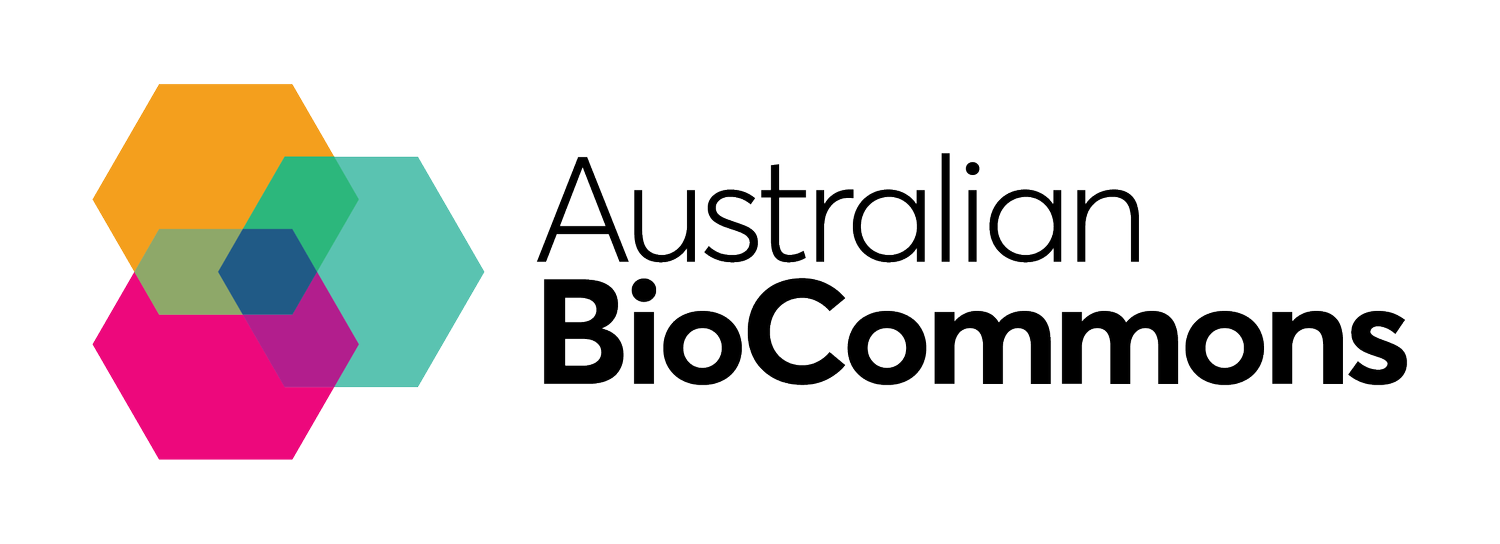Students investigate beetle genetic variation using new Apollo training instance
Teaching genetics is easier and more effective now that a powerful online tool is being made available to Australian researchers and trainers. Students can use a tailored training instance of the web-browser accessible system, Apollo, for real-time collaborative curation and editing of genome annotations.
This new feature of the Australian Apollo Service allows trainers to focus on teaching genome annotation curation, without being burdened by installation and maintenance of Apollo. All the hosting and system administration of customised Apollo instances is taken care of for service users. Life scientists and research consortia based in Australia can apply for an instance that is ready-made for training, and is up to date with the latest release of the software.
Molecular evolution and population genetics researcher, Assoc Prof Charles Robin signed on to the Australian BioCommons’ Apollo service through a recommendation from a colleague at Melbourne Bioinformatics. After facilitating some Australian BioCommons online workshops, Charles now uses an Apollo training instance when teaching genetics to third year undergraduates at the University of Melbourne. Each student is provided with their own login where they can visualise DNA sequences, perform annotations and explore without overwriting each others’ work. Charles finds Apollo ideal for teaching:
“It’s great that the transcriptome maps really well to the genome. By playing within Apollo, students get to see the AC / GT rule and how this can be reinforced by the transcript. Things like alternate splicing are also easily visualised.”
Two adult beetles, one with a CRISPR deletion in the gene called cardinal that is involved in eye colour. The genetic modifications were performed in Charles’ lab.
The class answers research questions like ‘which of the genes in this region includes this particular mutation?’ or ‘how do you find the candidate gene in this region?’ using real world data from a beetle with a gene mutation. Charles deliberately chooses genomes that are ‘untidy’:
“You want a non-model genome to identify gaps and changes. Students can have an expectation that all annotations on a genome are true, and using Apollo allows them to see that this is not the case.”
Charles rates the reliability of the software as a key factor in why he uses Apollo for teaching genetics:
“So much software gets left without regular updates and from year to year you realise that it isn’t maintained or updated. So we look for things that are stable - this is the reason we call on the Australian Apollo Service.”
Using Apollo to curate genome annotations
The Australian Apollo Service performs all system administration, build and deployment of the instance on behalf of users, with support provided through a help desk, user documentation and training events. The deployment of a full technology stack, long term hosting of data, maintenance updates and security are all covered, providing customised, local instances of the Apollo software for individual genome projects or training.
Australian BioCommons are working with Apollo project principal investigator Prof Ian Holmes to understand researchers’ needs within Apollo, with an aim to provide improved annotation and visualisation features for genome annotation research.
Australian BioCommons delivers collaborative distributed infrastructure to enable life science research. BioCommons partner QCIF is offering the Apollo Portal service, and it is underpinned by computational resources provided by the Pawsey Supercomputing Research Centre. These efforts are supported by funding from Bioplatforms Australia (BPA) and Australian Research Data Commons (ARDC). BPA and ARDC are enabled by NCRIS.


